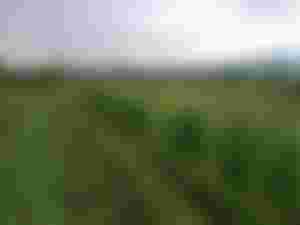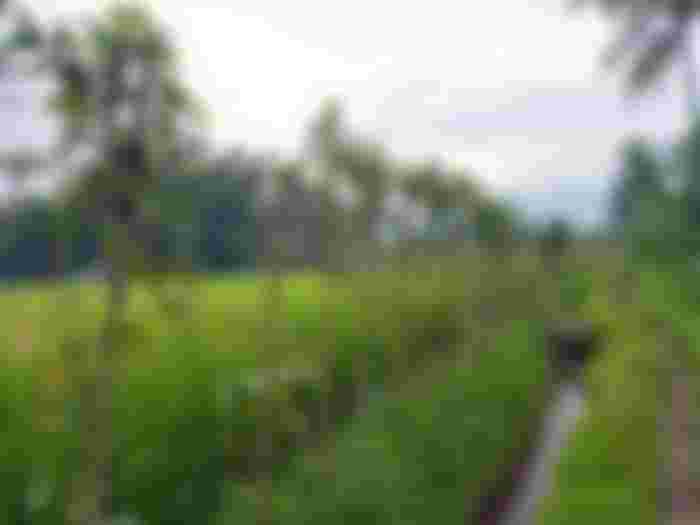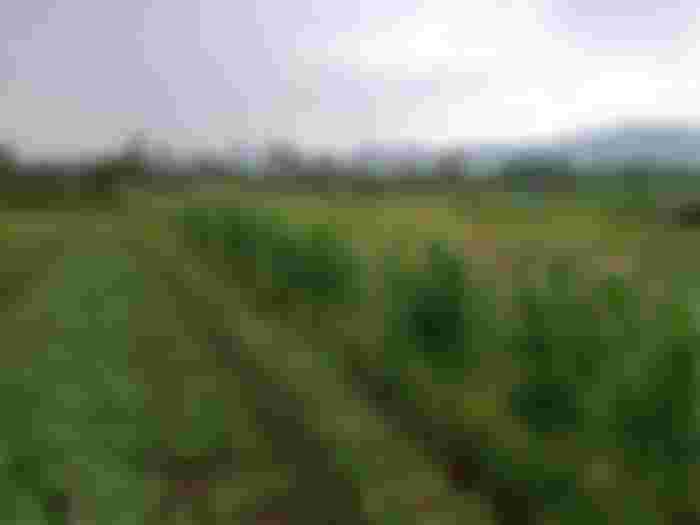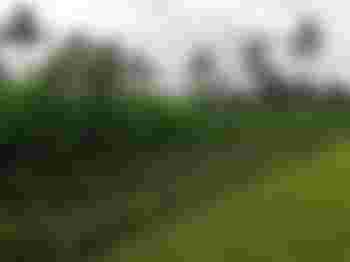Utilizing Rice Fields to Plant Grass for Animal Feed
How large is the land if managed properly it will give satisfactory results. No matter how fertile the soil is, it must be managed properly in order to bring prosperity.
This is where the need for someone's creativity in cultivating the land. Including traditional farmers.
When we walk through the rice fields, we see how traditional farmers today are creative even though they are still simple. However, it brings results for the welfare of the family.
Creativity here, the author only focuses on the use of narrow or empty land in productive forest areas.
The narrow land here, for example, is a bund as a barrier for each rice field whose width is not more than 0.5m. Rice field boundary bunds with irrigation canals with a width of between 0.5-0.75m. Or the village boundary embankment which becomes a footpath with a width of 1-1.5m.
In the past, when knowledge was still limited, Pematang only planted coconut trees, corn, chilies, tomatoes, and beans to meet the family's needs.
The treatment is also modest, so that it often grows less fertile than the grass that becomes weeds. Even many bunds are fertile with weed grass.
The knowledge given by farmer groups since the era of Community Guidance during the New Order has gradually changed the perspective and awareness of the community in managing land.




One of these awareness is utilizing rice field bunds by planting grass for animal feed.
If the bunds are planted with palawija, special care is needed, so for grass for animal feed, only rely on the smooth supply of water. While fertilization relies on fertilizer carried by water when fertilizing the main crop.
Planting fodder grass does not have to have cows, buffalo, or goats.
Can also be sold to livestock owners. The price is quite decent. Between $3 - $5 US a great deal according to the area.



The type of grass according to the needs or requests, can be kalajana, elephant grass, or others.
The harvest period for fodder grass is between 40-50 days. For the first harvest after planting, it can be cut after the age of 60-75 days.
Rice fields that are narrow and rarely used as footpaths can also be productive.






